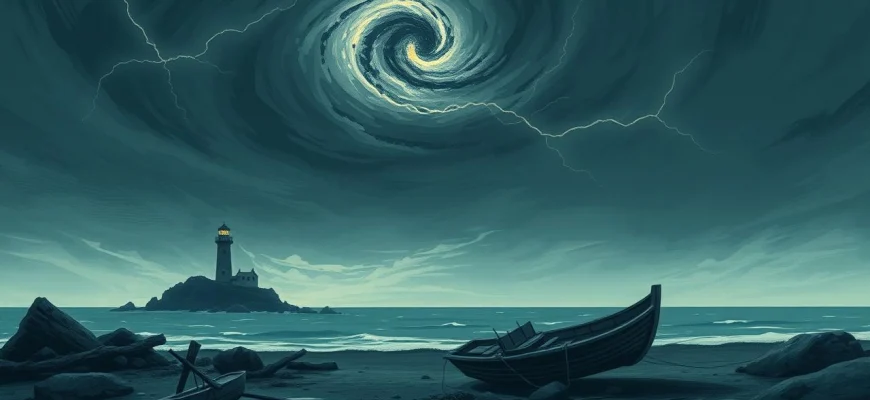If you were captivated by the eerie, psychological intensity of 'The Lighthouse' (2019), you're not alone. This article is for fans who crave more films and shows that delve into isolation, madness, and surreal storytelling. From claustrophobic thrillers to mind-bending dramas, we've curated a list of 10 titles that echo the unsettling brilliance of Robert Eggers' masterpiece. Dive in and discover your next obsession.
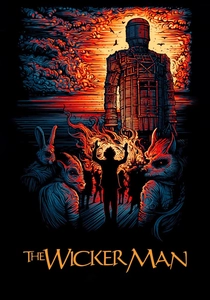
The Wicker Man (1973)
Description: The Wicker Man is a clear influence on The Lighthouse, particularly in its use of folk horror and pagan imagery. Both films feature isolated settings where the protagonist's rationality is challenged by strange rituals and beliefs, culminating in shocking finales.
Fact: The film was nearly lost forever when the original negatives were used as landfill. Christopher Lee worked for free and considered it his best performance. The final Wicker Man prop was so large it had to be built on location in Scotland.
 Watch Now
Watch Now 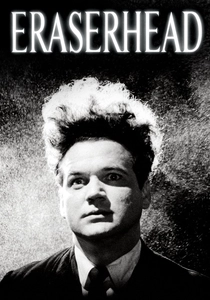
Eraserhead (1977)
Description: David Lynch's Eraserhead shares with The Lighthouse a nightmarish, surreal quality and industrial sound design. Both films create an overwhelming sense of dread through their black-and-white cinematography and exploration of psychological torment.
Fact: The film took five years to complete due to funding issues. The 'baby' was created using a cow's fetus and other organic materials. Lynch has never fully explained the film's meaning, preferring to keep it mysterious.
 Watch Now
Watch Now 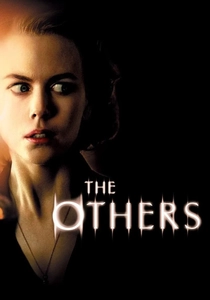
The Others (2001)
Description: The Others shares with The Lighthouse a gothic atmosphere and themes of isolation and unreliable perception. Both films use their confined settings to create tension and feature twist endings that recontextualize everything that came before.
Fact: Nicole Kidman performed all her own piano playing in the film. The house used in filming is the same one where The Innocents (196was shot. Director Alejandro Amenábar wrote the script specifically with Kidman in mind.
 Watch Now
Watch Now 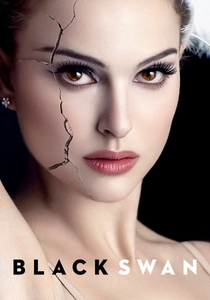
Black Swan (2010)
Description: Black Swan parallels The Lighthouse in its portrayal of artistic obsession leading to psychological breakdown. Both films use their respective art forms (ballet and lighthouse keeping) as metaphors for madness, with surreal visuals and intense performances driving the narrative.
Fact: Natalie Portman trained in ballet for a year to prepare for the role. The film's body horror effects were achieved through practical makeup rather than CGI. Director Darren Aronofsky originally conceived the project as a companion piece to his film The Wrestler.
 Watch Now
Watch Now 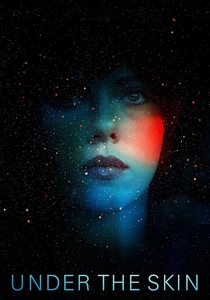
Under the Skin (2013)
Description: Under the Skin shares with The Lighthouse a surreal, atmospheric approach to storytelling. Both films feature alienating, otherworldly perspectives on humanity, with Under the Skin's extraterrestrial protagonist mirroring the existential dread and isolation felt by The Lighthouse's characters.
Fact: Scarlett Johansson wore a disguise to film real interactions with unsuspecting men in Scotland. The film's haunting score was created by Mica Levi using unconventional instruments. Many of the male 'characters' were non-actors who didn't know they were being filmed for a movie.
 Watch Now
Watch Now 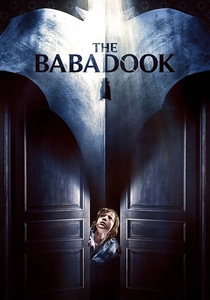
The Babadook (2014)
Description: The Babadook and The Lighthouse both explore psychological horror through the lens of grief and isolation. The Babadook's monstrous entity can be seen as a metaphor for depression, similar to how The Lighthouse uses its setting and mythology to represent madness and paranoia.
Fact: The Babadook became an unlikely LGBTQ+ icon after Netflix accidentally categorized it under 'LGBT Movies'. Director Jennifer Kent drew from her own experiences with grief to shape the story. The film's eerie pop-up book was created by a professional illustrator and is fully functional.
 Watch Now
Watch Now 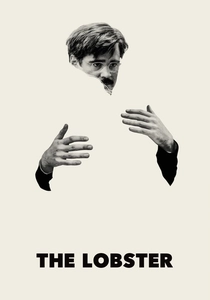
The Lobster (2015)
Description: While tonally different, The Lobster shares with The Lighthouse a surreal, absurdist approach to human relationships and societal norms. Both films create their own bizarre internal logic and explore isolation in unique, visually striking ways.
Fact: The film's concept came from director Yorgos Lanthimos's fear of being single. Colin Farrell gained 40 pounds for his role. The animal transformations in the film were achieved through practical effects rather than CGI.
 Watch Now
Watch Now 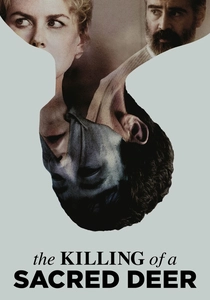
The Killing of a Sacred Deer (2017)
Description: This film shares with The Lighthouse a cold, clinical approach to storytelling that makes its surreal elements even more disturbing. Both films explore themes of guilt, punishment, and the breakdown of rationality, with similarly unsettling performances and deliberate pacing.
Fact: The film's title references the Greek myth of Iphigenia. Director Yorgos Lanthimos required the actors to deliver their lines in a flat, emotionless tone. Colin Farrell and Nicole Kidman reunited after working together in Lanthimos's The Lobster.
 Watch Now
Watch Now 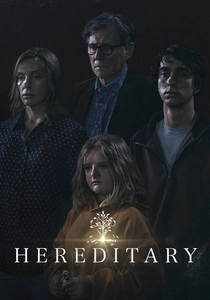
Hereditary (2018)
Description: Like The Lighthouse, Hereditary is a psychological horror film that delves into family trauma, grief, and supernatural elements. Both films feature intense performances and a slow-burning tension that culminates in shocking, surreal climaxes. The themes of inherited curses and madness are central to both narratives.
Fact: Toni Collette's performance was hailed as one of the best in horror cinema. The miniature models in the film were all created by the character Charlie in real life. The film's shocking car scene was achieved through a combination of practical effects and careful editing.
 Watch Now
Watch Now 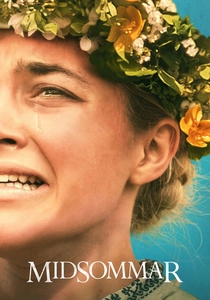
Midsommar (2019)
Description: Midsommar shares with The Lighthouse a descent into madness, psychological horror, and an oppressive atmosphere. Both films explore isolation and the breakdown of sanity in surreal, visually striking settings. The use of folklore and pagan rituals in Midsommar parallels the mythological and maritime themes in The Lighthouse.
Fact: Director Ari Aster drew inspiration from a real-life breakup for the film's emotional core. The film was shot in Hungary, with the production building an entire Swedish village for authenticity. Florence Pugh's performance was widely praised, with her character's grief-stricken wails being entirely real and unscripted.
 Watch Now
Watch Now 
